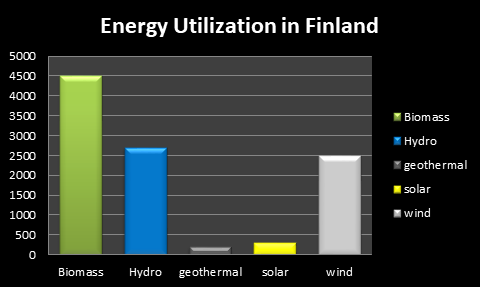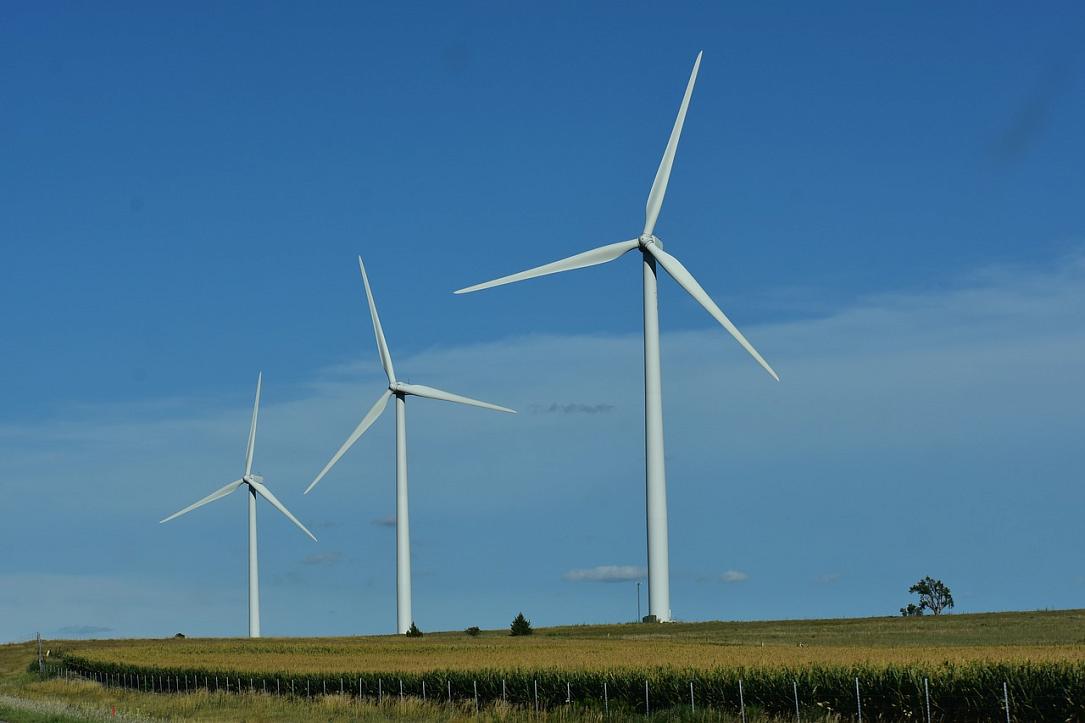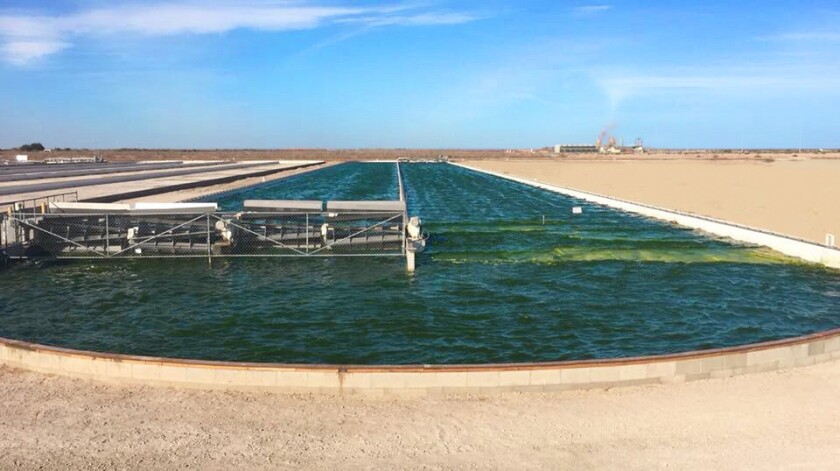As I have discussed in recent posts, different renewable energy sources are gaining momentum in the United States, as well as abroad. However, fossil fuels still make up a large majority of the world’s total energy usage. In 2017, 81% of the energy the world consumed was oil, coal, and natural gas. Although the United States is fairly far from the top of the list of fossil fuel consumption per capita (per person), we still rank second in the world in overall fossil fuel consumption (by weight). While our high GDP (Gross Domestic Product) and booming economy are thought to go hand in hand with large amounts of energy consumption, other counties are still thriving while consuming less; so, how can the U.S. model themselves after more environmentally aware counties and reduce their fossil fuel usage?

One of the world’s leaders in renewable energy, Finland, seems to be one of the leaders as we move towards reusable energy. Finland especially focuses on bioenergy, promoted due to their strong forest sector and their extensive investments in bioenergy research and development since the 80’s. This continual pursuit of clean energy has been led by major forest and energy companies, while the biofuel infrastructure, which is crucial is seeing that the new methods of energy production are truly feasible, is supported by smaller companies and start-ups. Overall, it is estimated that Finland produced over 130 terawatt-hours of energy in 2017, and the numbers have continued to climb since then. At least 30% of the energy Finland consumed (total end consumption) in 2017 was renewable energy; needless to say, Finland seems well on their way to solving the fossil fuel question. The country also has a goal to phase out coal by 2030, followed by a plan to run on carbon-neutral energy production by 2050. The numbers are already promising for Finland, and future projections make it seem like the Nordic country may serve as a great model for the United States.

Another country that consistently ranks as the greenest country in the world is Sweden. As the one of the first countries in the world to introduce a tax on carbon dioxide emissions, Sweden also met the EU’s climate goals on renewable energy for 2020… in 2012. At the core of the country’s success is the engagement of their citizens, whose high levels of ambitions drive Sweden to the top of the rankings year in and year out. In addition, Sweden has a large proportion of hydropower and biofuel in its energy portfolio, allowing the country to have the highest percent of renewable energy in the EU. Finally, Swedish architects have designed and implemented “Passive Houses”, which run on sunlight, electrical appliances, and people’s body height. Sweden is proving to the world that sustainability is an achievable goal for every nation and paving the way for other countries to eventually get their energy in a much more sustainable manner. Hopefully the United States, as well as other nations worldwide, can follow in the footsteps of these two environmentally supportive nations and promote green energy.




